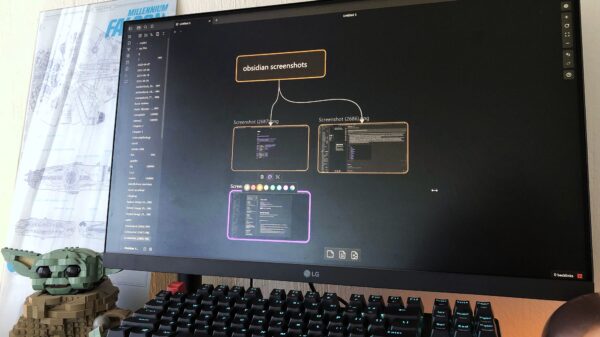The recent Drug Information Association (DIA) 2025 annual meeting highlighted pivotal advancements in the pharmaceutical industry, focusing on small clinical analytics (SCA), artificial intelligence (AI), and the Fonto One document collaboration platform. These discussions underscored how these technologies are shaping the future of drug development and regulatory processes.
The Role of Small Clinical Analytics (SCA)
Small clinical analytics, or SCA, is a data-driven approach that allows for focused analysis of clinical data on a smaller scale. This method enhances the ability of pharmaceutical companies to interpret specific datasets quickly. As a result, SCA provides insights that can significantly influence clinical decision-making.
At DIA 2025, case studies were presented demonstrating how SCA is transforming trial design. Researchers can use smaller data sets to effectively identify patient subgroups, enabling more tailored treatment options. This precision not only accelerates the drug development process but also optimizes resource allocation.
Real-time decision-making emerged as a critical benefit of SCA. The ability to monitor clinical trials dynamically allows sponsors to adjust protocols based on emerging data, enhancing both efficiency and ethical standards. This agility can considerably reduce the timelines and costs associated with bringing new products to market.
Artificial Intelligence’s Impact on Drug Development
Artificial intelligence continues to be heralded as a transformative force across various sectors, with the pharmaceutical industry at the forefront of this change. At DIA 2025, discussions highlighted the integration of AI in drug discovery, patient recruitment, and regulatory compliance processes.
AI streamlines drug discovery by utilizing machine learning algorithms that can analyze vast datasets. A notable presentation showcased an AI platform that predicts molecular interactions, significantly shortening the time required to identify potential candidates for new therapies.
Additionally, AI plays a crucial role in ensuring compliance with regulatory agencies. Tools that automatically track and assess adverse event reports enable quicker responses, enhancing patient safety. The conference emphasized the importance of collaboration between AI technologies and regulatory bodies to ensure that regulations evolve alongside these innovations.
Fonto One: Enhancing Document Collaboration
Fonto One is a software platform designed to improve document management and collaboration among stakeholders in clinical trials. Its functionality and versatility were key topics at DIA 2025, showcasing how it promotes transparency and efficiency in clinical documentation.
Presentations highlighted how Fonto One streamlines the approval process for clinical documents by facilitating real-time collaboration among teams. This improvement enhances communication and reduces delays traditionally associated with version control and document hand-offs, ultimately expediting the overall timeline for bringing drugs to market.
Furthermore, Fonto One incorporates compliance checkpoints throughout the document lifecycle, ensuring that all submissions adhere to regulatory expectations. This feature not only safeguards the integrity of clinical data but also builds confidence among regulatory agencies.
As discussions at DIA 2025 concluded, it was evident that the pharmaceutical industry’s future relies on intelligent data utilization, AI integration, and software innovations like Fonto One. The adoption of SCA will pave the way for faster, more targeted research approaches. AI will continue to reshape every phase of drug development, while platforms like Fonto One will enhance collaboration and regulatory compliance.
These advancements represent significant opportunities for industry stakeholders to revolutionize patient care globally. Insights gathered from DIA 2025 are likely to catalyze the next wave of innovation, propelling the pharmaceutical sector toward a more efficient and data-driven future focused on improving patient outcomes.






































































